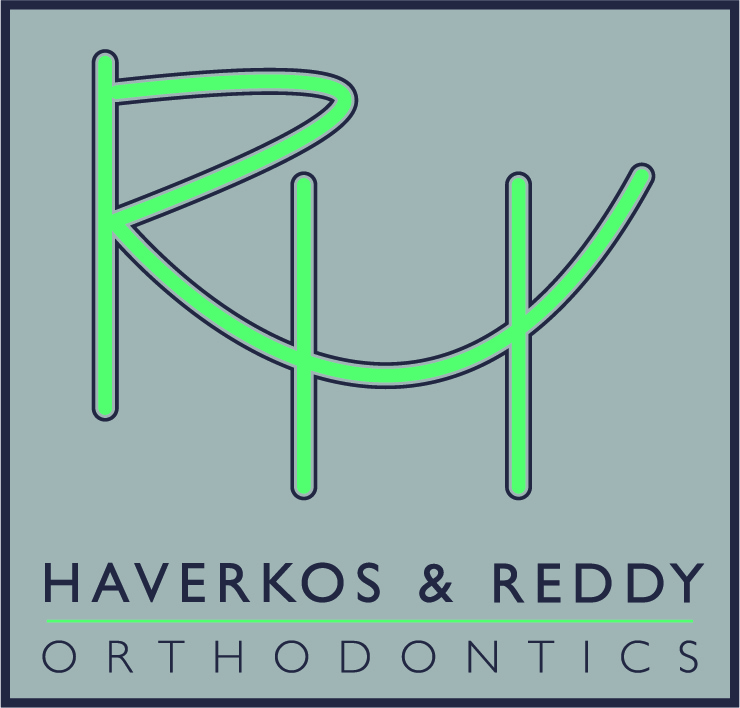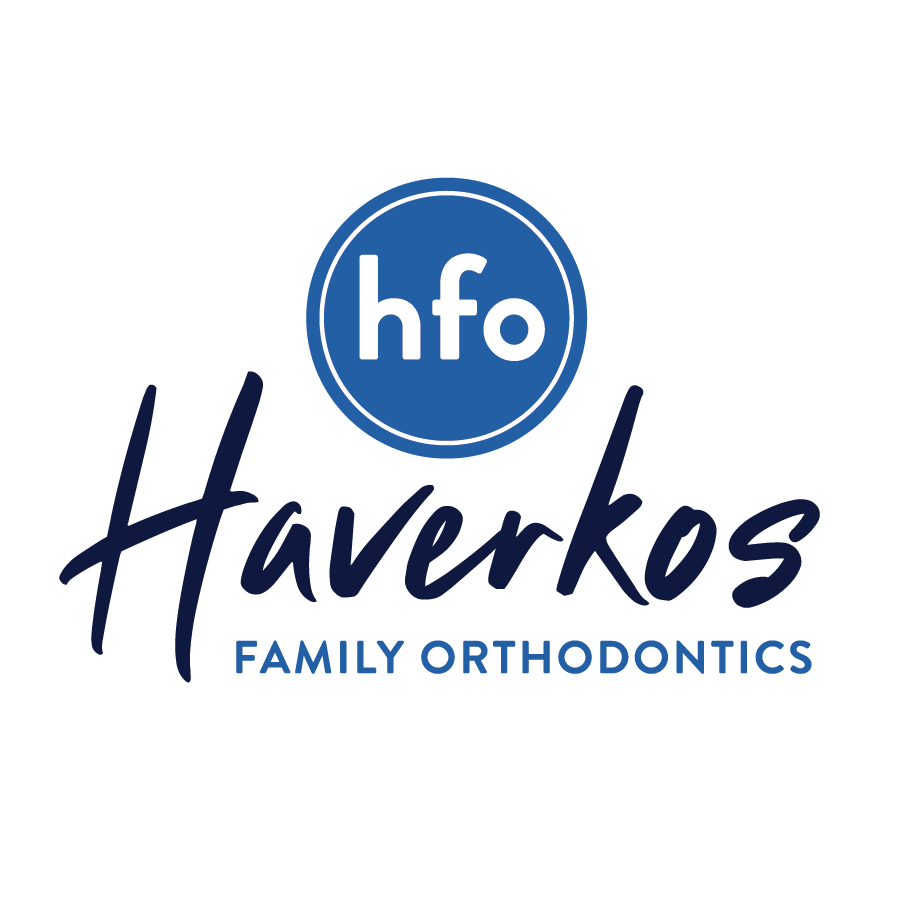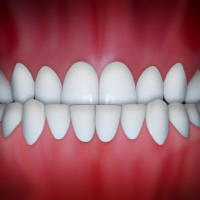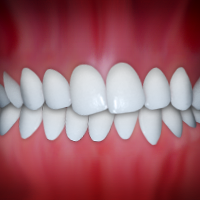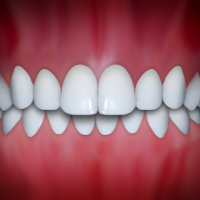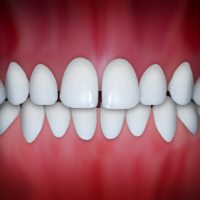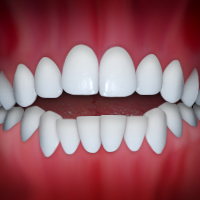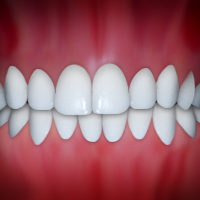
On a day to day basis I tend to field several repeating questions from patients and parents. Many influences in the world have created an overall increased awareness of teeth and smiles. I believe online aligner companies and Invisalign have made a large splash in the marketing arena coupled with the “zoom boom” caused by the pandemic where people were seeing their smiles via video conferencing software. This has led to more people than ever wanting to do something to gain smile confidence. As a result, I believe people are google searching orthodontic related searches more than ever. The increased awareness and access to online information has led to amazing patients that I enjoy engaging and asking more questions.
1. How is an orthodontist different from a general dentist?
An orthodontist and general dentist will go through four years of dental school after completing a college degree. An orthodontist will then complete a 2-3 year additional residency training program where their sole focus is on moving teeth, perfecting smiles, understanding skeletal alignment in order to provide the healthiest, most functional, and esthetic smile for a given patient. General dentists can do orthodontics, but an orthodontist will focus on perfecting their training for their patients and may not spend as much time with orthodontic training. However a general dentist can provide orthodontic care and depending on the complexity of the treatment may be able to provide a good result. However, some aspects of diagnosis are not routinely evaluated with a general dentist and an orthodontist has specific training related to moving teeth. If you have a specific issue with your ears, you can see your general practitioner or primary care provider doctor to do an evaluation. However, they will like refer to an ENT (Ear Nose and Throat) specialist because that is what they spent thousands of hours in training. An orthodontist is the specialist for moving teeth.
2. Do I need a referral from my general dentist to come in for a consultation?
The short answer is NO you do not. Although many people are referred by their general dentist, it is not required unlike many other specialties. General dentists have a lot of knowledge of orthodontics and different types of bites and they will be a part and informed of the orthodontic treatment plan. However, if someone is interested in improving their smile confidence, they can call my office without a general dentist referral and they can still make an appointment.
3. Do orthodontists treat adults?
Yes, about 30% of my practice are adults that are typically treated with seemingly invisible types of treatment such as clear aligners. We also offer lingual braces which are braces on the tongue side of the teeth. Adults typically want discretion with their orthodontic care and we provide many means to do so.
4. Will braces affect my ability to speak?
I have treated patients that were litigators, doctors, teachers, singers, and public community leaders and they all managed to continue to do the critical aspects of their job that involved public speaking with no issues. Typically, any change within the mouth will take a few days to a week to adjust but we provide numerous exercises to help the mouth and tongue to adjust.
5. Are braces or clear aligners painful?
Tooth movement occurs due to pressure on the teeth creating inflammation to break down the bone. The inflammation can create soreness or mild discomfort. If the patient takes pain medication such as acetaminophen or ibuprofen, they are able to address the discomfort. We also provide wax and other techniques to help make the process as comfortable as possible for the soft tissue response. Clear aligner treatment is the most comfortable treatment option because patients can remove the aligners/trays when the patient is eating or brushing his or her teeth.
6. What’s the difference between clear aligners/Invisalign/Clarity and braces?
Technology in the orthodontic space has advanced and provided many more treatment options. As a result, getting the smile confidence you want can be accomplished in many ways other than your traditional metal mouth. Clear aligners move teeth by utilizing the shape of the teeth, attachments/resin bumps, and rubber bands to enhance tooth movement. The traditional braces model bonds to the teeth and physically grabs the tooth to move it in space. As a result, the tooth movement can be more challenging in some cases with clear aligners, but the esthetic benefit can outweigh the challenges of tooth movement. However, research and collective sharing of technology has allowed for advances in the clear aligner technology. Therefore, there has been more predictable tooth movement in clear aligners. My practice has leveraged the increased predictability in tooth movement and we utilize clear aligners in treatment of almost every type of bite, smile issue, etc. People want a beautiful smile in the most esthetic, convenient way. Although there are some challenges, people want to enjoy their orthodontic journey and clear aligners are an excellent want to help achieve those goals.
Although I receive many questions each day, these are some of the most frequent. My team is well trained in answering the most common questions so if you have any questions about treatment, please give us a call at 513-481-8000. We also created an online comfort form for our patients that are actively being followed by the practice. The comfort form can be submitted online via our website and allows a team member to review a question or an issue and effectively help troubleshoot a problem that may be causing discomfort. Almost most discomfort is mild and can be addressed at home with some coaching, I am always willing to run to the office after hours to address a patient in discomfort. I want all patients to have the most comfortable experience as possible.
